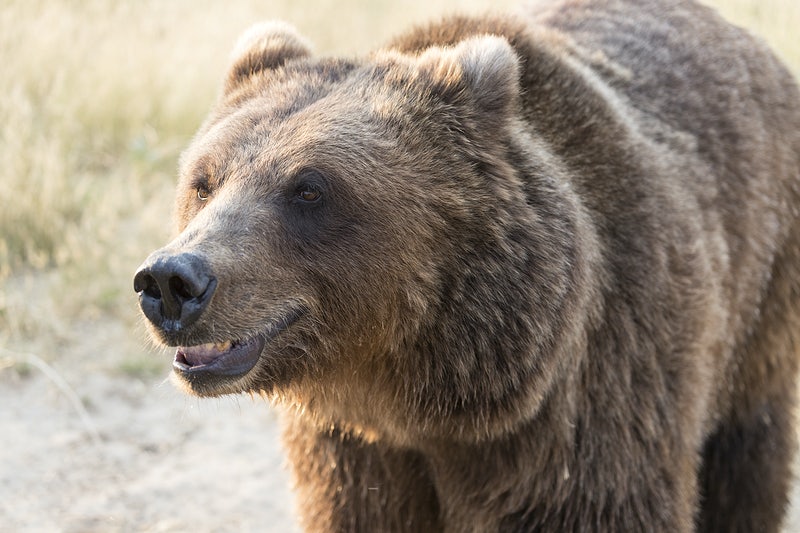The protected status of grizzly bears has been under fire for more than ten years. Under the Endangered Species Act, all grizzlies in the United States are considered to be threatened and cannot therefore be hunted or culled. There are currently less than 2000 grizzly bears living in the United States, which is the reason behind this concern.
A federal appeals court in San Francisco ruled that grizzlies living around Yellowstone National Park will continue to be protected by the Endangered Species Act at the beginning of July. The decision to de-list was said to be based on political pressure, not scientific or commercial data, meaning it violated the Endangered Species Act.
Although grizzly bears are a predator by nature, 90% of their diet is comprised of seeds, berries and other foods they forage. They have had the label of ‘threatened’ under the Endangered Species Act since 1975. Efforts to remove them from the ‘threatened’ list have been made since 2005 when their population had recovered.
The Yellowstone bear population was removed from the list back in 2017 by the United States fish and Wildlife Service. The surrounding states had started organizing trophy hunts for these bears by the following year. Hours before the first hunt, a federal judge stopped the plan and restored protection to the grizzly bears. His ruling was appealed and the new decision upholds the bear protection. When Idaho and Wyoming approved state-licensed trophy hunts back in 2017, Montana did not, and there is still much discussion about how to deal with the issue.
About 50,000 grizzlies lived south of Canada in the mid-nineteenth century, but less than 1,000 remained by 1975. About 130 of them lived in the Greater Yellowstone Ecosystem, which is the area around the national park. The grizzly population increased to over 700 bears thanks to the Endangered Species Act protection, and bears started to inhabit areas that had not had bears for over a century.
Why Grizzlies Are Endangered
The grizzly bear is the second-slowest reproducing mammal in the United States. The female does not reach sexual maturity until the age of four and a half years. Mothers spend two to three years raising her cubs before mating again. Other reasons for bear population concerns include the isolation of grizzles around the park from other groups of bears, as well as climate change affecting the bears’ staple food availability.
Ideally, the Yellowstone grizzly bear population will interact with the grizzlies living in Montana’s Northern Continental Divide Ecosystem in the future. This will allow for greater genetic diversity.
Those who oppose the protection claim the bear population has sufficiently recovered to allow state-regulated hunting. Not only that, but bears are said to put both people and livestock at risk. Hunting could be an effective tool to curb these risks. It is believed the grizzly bear population will be stable when it gets to somewhere between 5,000 and 10,000 animals. There are about 2,000 grizzly bears living in the United States today.

